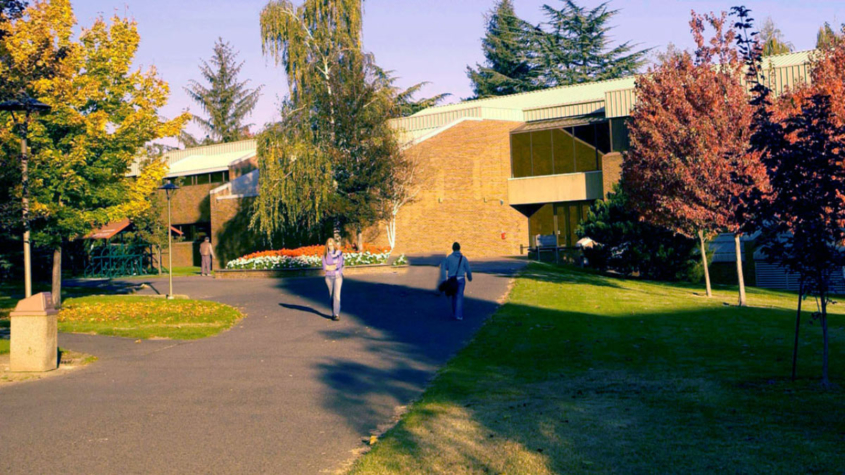SOU’s graduating student teachers provide value in varied settings
(Ashland, Ore.) — Even the most seasoned educators are currently navigating uncharted territory. But for student teachers in Southern Oregon University’s School of Education, unusual classroom circumstances are coinciding with the culmination of college journeys.
Teaching placements have gone ahead as scheduled – though not exactly as planned – for 110 SOU students who are either seniors or on track to complete the Master of Arts in Teaching (MAT) or Special Education programs this spring. They’re spread across 60 K-12 schools in 12 different districts, from Coos Bay to Klamath Falls and all over the Rogue Valley – with all learning delivered through a variety of remote formats.
John King – SOU’s director for the Division of Education, Health and Leadership – was among those figuring out logistics as the extent of disruption caused by COVID-19 was becoming apparent prior to spring term.
“Fortunately, we have great relationships with the districts and principals, and these (student teachers) are the people they’ll be hiring in the fall, so we’re working towards the same goals,” King said.
“What we’re trying to do is ensure our student teachers are providing added value for schools and students,” he said. “They need to satisfy degree requirements, yes, but we want to make sure they’re not just an extra burden because these schools are already under such enormous pressure in having to redesign a lot of their own work.”
Under normal circumstances, student teachers spend full days during the spring in their respective classrooms, delivering instruction and developing original curriculum. They’re now limited to remote instruction and finding classroom-to-classroom variations in approach, from face-to-face video instruction to packet pick-ups and online work.
MAT candidate Lauren Perkinson falls closer to the latter category in teaching anatomy and physical sciences at North Medford High School. Though she records herself giving lectures, the majority of her work goes into a weekly “learning grid” of activities that includes six options, from which students are asked to complete two.
“Everyone is affected differently and struggling to some extent, especially when it comes to students you have no contact with, but it’s a good lesson in the importance of adaptability as an educator,” Perkinson said. “One of the biggest takeaways is seeing teachers work together and support each other and students however they can, because they care so deeply about them.”
That support extends back to SOU, where ideas and experiences are shared in weekly Zoom classes.
“We’re trying to give them a menu of possibilities based on what each school is doing,” King said. “We have 110 different examples, so it gets incredibly complex very quickly, but that means they’re being equipped not only for their own classrooms, but also hearing experiences of others and seeing how these systems can work together.”
With subject knowledge testing centers closed, King is working with the Oregon Teacher Standards and Practices Commission to offer alternatives for soon-to-be-graduates to complete their state licensure requirements.
“We certainly haven’t figured everything out,” he said. “But we’re trying to approach the situation with generosity and grace and patience, and we’re all learning together.”
Story by Josh McDermott, SOU staff writer
-SOU-



